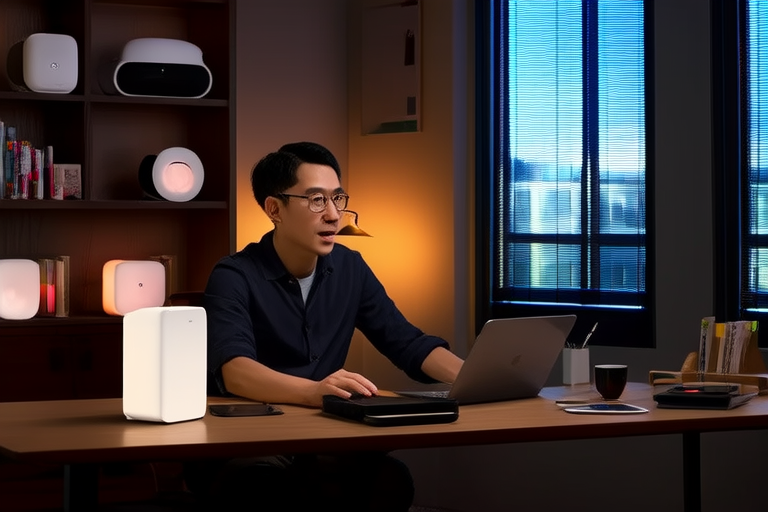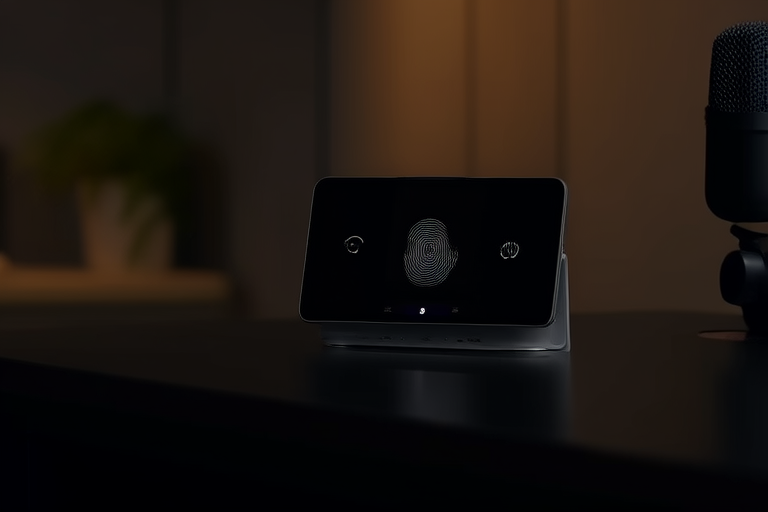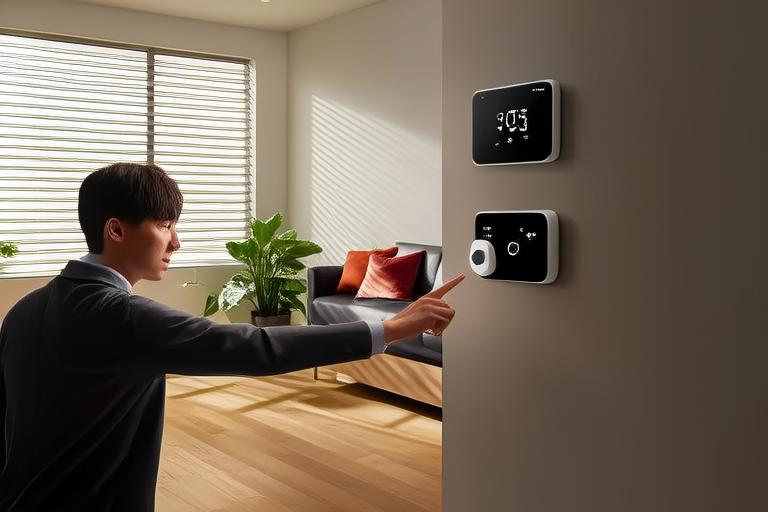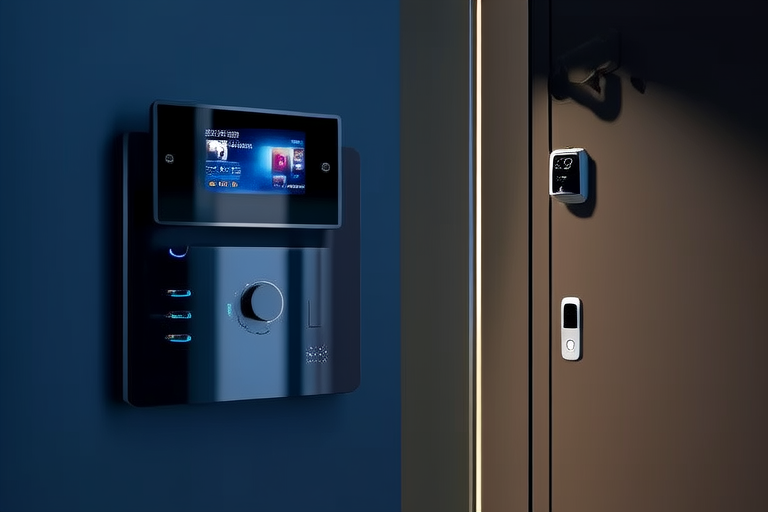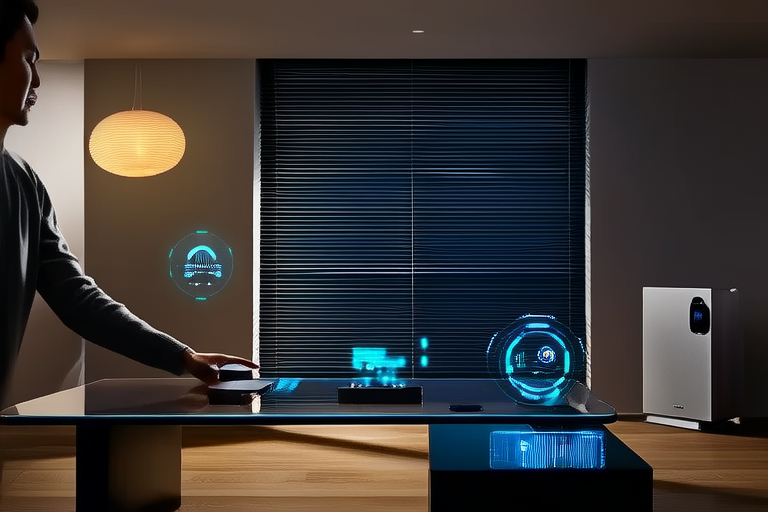The Ultimate Guide to Building Your First Smart Home
Introduction to Smart Homes
A smart home is a residence equipped with internet-connected devices that allow homeowners to manage and automate various household functions remotely. These systems can control lighting, temperature, security, entertainment, and more, all from a smartphone or voice-activated device. The concept of a smart home revolves around convenience, energy efficiency, and enhanced security. For many, the idea of transforming their living space into a smart home might seem overwhelming at first. However, with careful planning and the right tools, building your first smart home can be both rewarding and straightforward.
Key Components and Devices for a Smart Home
To create a functional smart home, you’ll need a combination of devices that work together seamlessly. Below are some of the essential components and devices you should consider:
Smart Speakers and Voice Assistants
Smart speakers like Amazon Echo, Google Nest, or Apple HomePod serve as the central hub for controlling other smart devices. These devices come equipped with voice assistants such as Alexa, Google Assistant, or Siri, enabling hands-free control over your smart home ecosystem. For example, you can use voice commands to dim the lights, adjust the thermostat, or play music.
Smart Lighting
Smart lighting systems, such as Philips Hue or LIFX, allow you to control the brightness, color, and scheduling of your lights. You can set up routines to turn lights on or off at specific times, or even simulate occupancy when you’re away. Smart bulbs are easy to install and compatible with most existing fixtures, making them an excellent starting point for beginners.
Smart Thermostats
A smart thermostat, like the Nest Learning Thermostat or Ecobee, helps optimize your home’s energy usage by learning your habits and adjusting the temperature accordingly. These devices can be controlled remotely via an app, allowing you to make adjustments while you’re away from home. Over time, they can save you money on utility bills while ensuring comfort.
Smart Security Systems
Security is a critical aspect of any smart home. Devices like smart locks, video doorbells, and surveillance cameras provide peace of mind by offering real-time monitoring and alerts. Products like Ring Video Doorbell or Arlo cameras enable you to check in on your property from anywhere, while smart locks like August or Schlage allow keyless entry and remote access management.
Smart Appliances
Modern smart appliances, including refrigerators, ovens, washing machines, and vacuums, add convenience and efficiency to daily tasks. For instance, a smart fridge can track expiration dates and suggest recipes based on available ingredients, while a robotic vacuum cleaner can clean your floors on a schedule without manual intervention.
Entertainment Systems
Smart TVs, soundbars, and streaming devices like Roku or Apple TV enhance your home entertainment experience. These devices integrate seamlessly with other smart technologies, allowing you to control everything from one interface.
Tips for Choosing Compatible Technology
One of the biggest challenges when building a smart home is ensuring compatibility between different devices. Here are some tips to help you select technology that works well together:
- Choose a Central Ecosystem: Decide whether you want to build your smart home around Amazon Alexa, Google Assistant, Apple HomeKit, or another platform. Each has its strengths, so choose one that aligns with your preferences and existing devices.
- Check Compatibility: Before purchasing a new device, verify that it supports your chosen ecosystem. Look for certifications or logos indicating compatibility.
- Prioritize Interoperability: Opt for devices that support multiple protocols, such as Wi-Fi, Zigbee, or Z-Wave. This ensures flexibility and future-proofing as technology evolves.
- Read Reviews: User reviews and expert opinions can provide insights into how well a product performs within a smart home setup.
Setting Up a Centralized Control System
A centralized control system simplifies the management of all your smart devices. Instead of using separate apps for each gadget, you can operate everything from a single interface. Follow these steps to set up an effective centralized system:
- Select a Hub: Many smart speakers double as hubs, but dedicated options like Samsung SmartThings or Hubitat also exist. Choose one that integrates with your preferred ecosystem.
- Install the App: Download the companion app for your hub or primary device. This app will serve as the main dashboard for configuring and controlling your smart home.
- Add Devices: Pair each smart device with the hub following the manufacturer’s instructions. Most devices connect via Bluetooth or Wi-Fi and require minimal setup.
- Create Routines: Use the app to establish automation routines. For example, you could program the lights to turn on when motion is detected or have the thermostat lower the temperature at bedtime.
- Test Functionality: Once everything is connected, test each device and routine to ensure they work as intended. Make adjustments as needed.
Strategies for Ensuring Privacy and Security
While smart homes offer numerous benefits, they also raise concerns about privacy and cybersecurity. To protect your data and maintain control over your smart home, follow these strategies:
- Secure Your Network: Use a strong, unique password for your Wi-Fi router and enable WPA3 encryption if available. Consider setting up a separate guest network for visitors.
- Update Firmware Regularly: Manufacturers frequently release updates to patch vulnerabilities. Ensure all your devices are running the latest firmware versions.
- Enable Two-Factor Authentication (2FA): Add an extra layer of security to your accounts by enabling 2FA wherever possible.
- Limit Data Sharing: Review the privacy settings of each app and disable unnecessary data-sharing features. Only grant permissions that are essential for functionality.
- Monitor Activity Logs: Some smart home systems provide activity logs that show who accessed your devices and when. Regularly review these logs for suspicious activity.
- Invest in a Firewall: A network firewall can block unauthorized access attempts and safeguard your smart home devices.
Conclusion
Building your first smart home doesn’t have to be complicated. By understanding the key components, choosing compatible technology, setting up a centralized control system, and prioritizing privacy and security, you can create a seamless and efficient living environment. Start small by incorporating a few essential devices, then gradually expand your smart home as you become more comfortable with the technology. With the right approach, your smart home will not only enhance your lifestyle but also provide long-term value and convenience.
